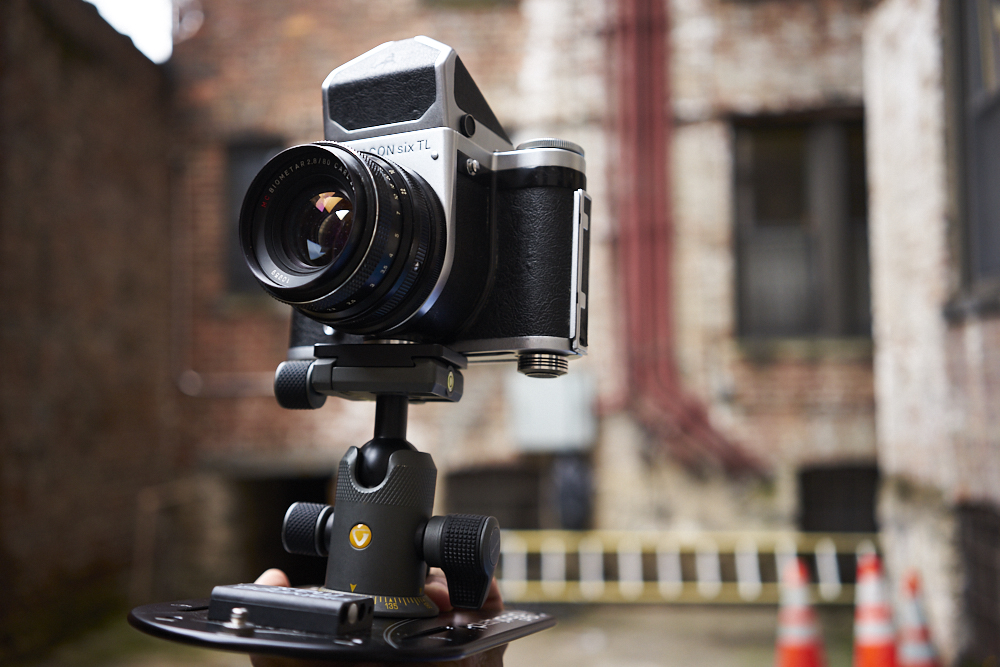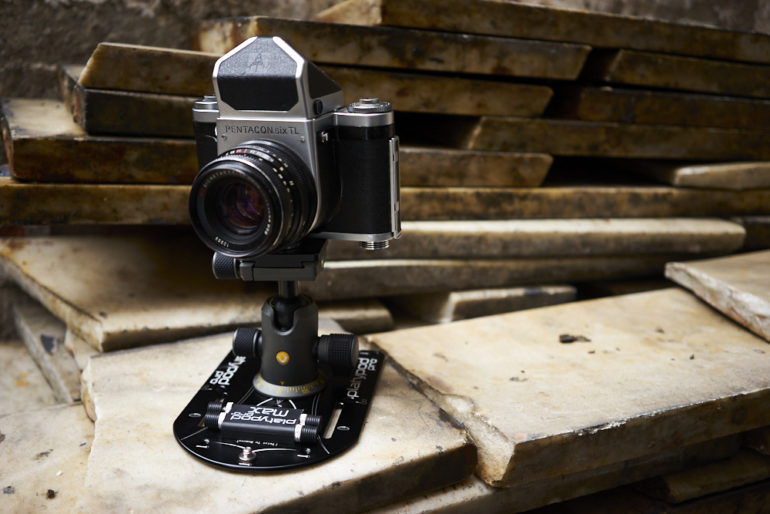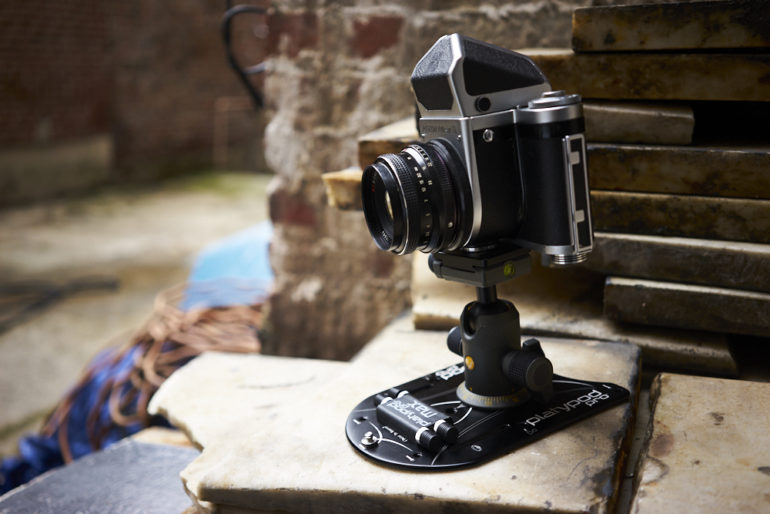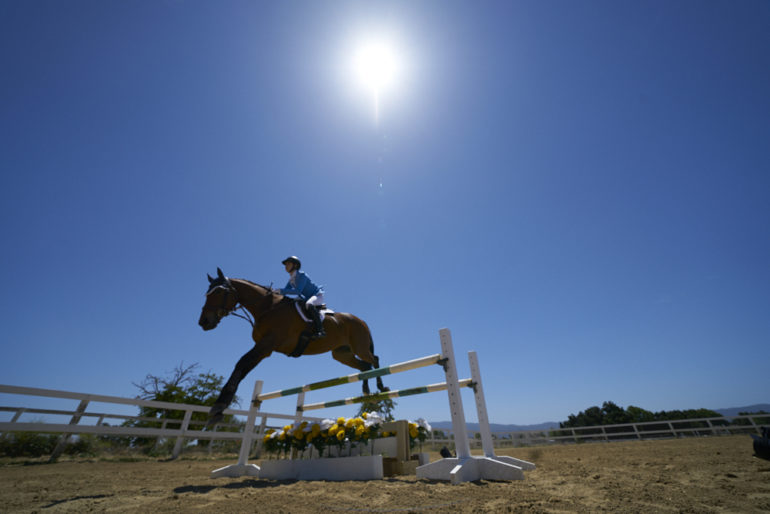I’ve had the Platypod Pro Max in my possession for a really long time now; and my lack of getting this review out doesn’t have to do with laziness or priorities, but instead trying to illustrate how it’s actually useful for many photographers. You see, the Platypod Pro Max is marketed as being able to go where tripods can’t. But at the same time, it doesn’t have a lot of the same advantages of a tripod. You can’t extend its height because it’s a flat plate, but you can indeed place it in a variety of other flat surfaces. So with that said you pretty much just secure a ball head onto this thing, then put your camera on and you’ve got something that you’re ready to work with. But then the question begs why you’d still use it to begin with.
Pros and Cons
Pros
- Solidly built
- Can secure itself well into the ground
- Provides stable camera usage
- Great for video
- Can prove itself to be even more level than a tripod in lots of situations
Cons
- Could be a lot more versatile, and for that reason it is incredibly specialized.
Gear Used
We tested the Platypod Pro Max with loads and loads of cameras. We can’t even count.
Tech Specs
Specs taken from the Platypod Pro Max product page.
1. Fiberglass-reinforced nylon removable “bayonet style” storage box mounted onto plate to hold four 1/4-20 spikes, 2 inches long, with heavy-duty rubber feet and locking nuts. Small magnets keep spikes in place for storage.
2. Five 1/4-20 threaded holes strategically placed to allow use of spike feet in configurations of one, two, three, or four at a time.
3. Two 2-inch belt slots to secure to any cylindrical object or to tape onto floors for remote camera setups.
4. Made of 6061 black anodized aircraft-grade aluminum. 5 mm thick. 5.25 x 7.75” (5-year warranty—Full replacement of parts for any defect in workmanship. Guaranteed to hold up to a 300-pound load!)
5. 1/4-20 and 3/8-16 accessory threaded holes for attachment to tripods or quick-release devices under the unit.
6. 3/8-16 TA2 titanium photographic bolt drilled and countersunk through the plate and welded in place for large tripod ball heads, such as the RRS-BH55, even with spike-feet in place.
7. Two nail holes for permanent or semi-permanent mounting to walls, boards or ceilings.
8. Weight: 13 ounces, including spikes and storage box.
Ergonomics
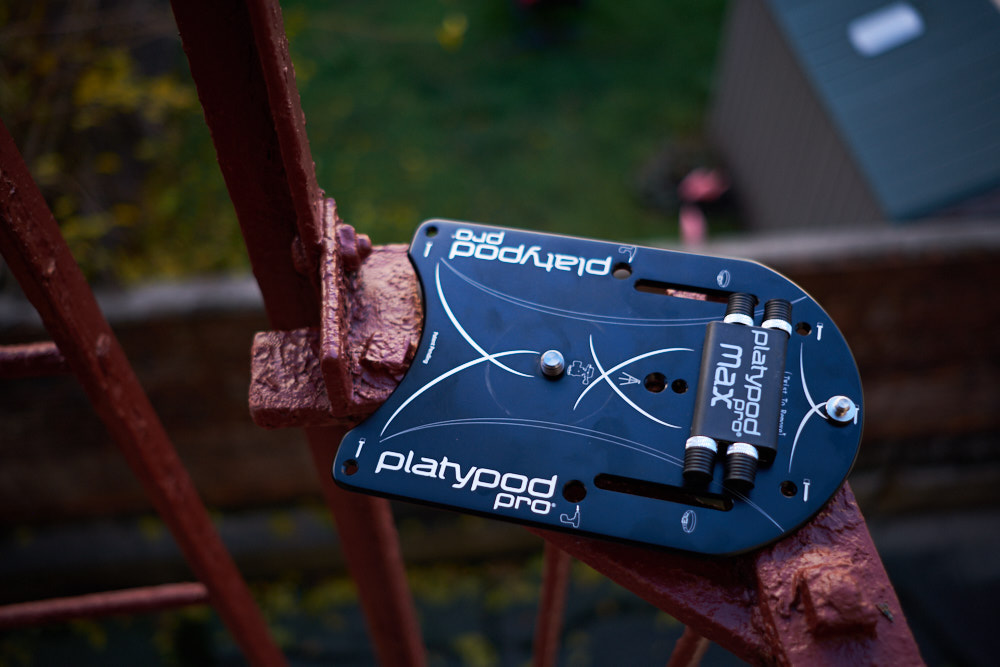
This is the Platypod Pro Max. It may seem like I’m trolling you with just a single product image but no, that’s really all that there is to it. The Platypod Pro Max has two screws to accommodate to different types of tripod heads: one in the center and one towards the front. Then the area with MAX written on it holds the screws that you can use to keep the Platypod Pro Max secure. These screws go into the marked holes that have screws next to them.
On the end of these screws are rubber tips that make using them all that much simpler.
Build Quality
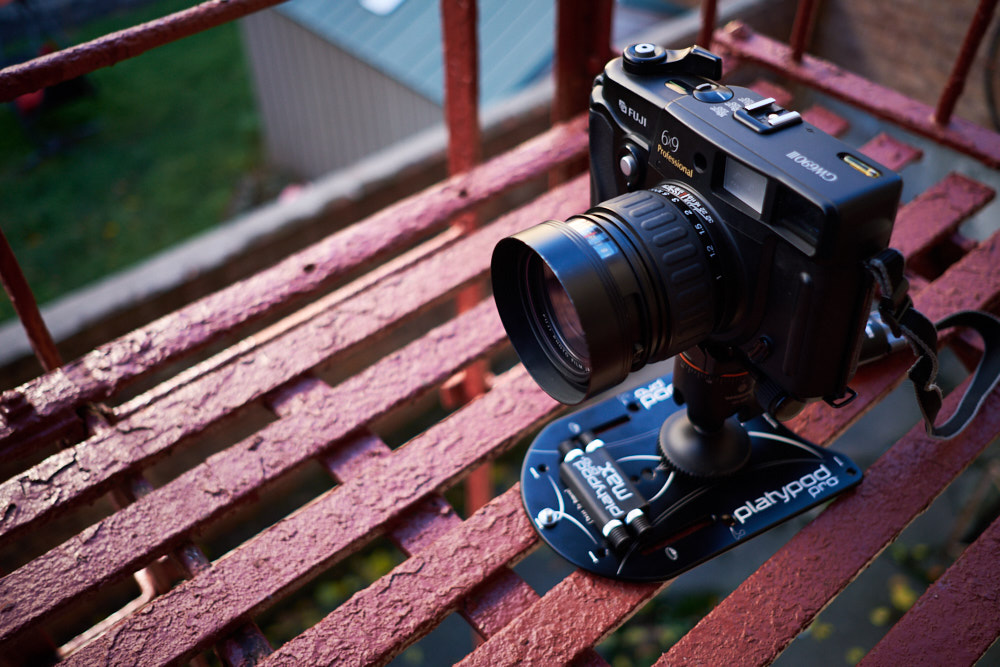
The Platypod Pro Max is made of metal through and through. The only plastic part is the area that holds the spikes. The interior of this section has magnets inside to ensure that they don’t escape. Otherwise, I’ve dropped this thing down the stairs and it simply kept on working.
Ease of Use
This review took a whole lot of work. Why? Well the reason is that there are surely laws about tripod use here in NYC. But the thing is that the laws are almost never enforced. So most of the time, you can probably take a tripod onto the streets and police won’t give you a hard time. Generally speaking though, the moment that you put one down you need a permit from the government. If you put a tripod down in an area that doesn’t have a whole lot of traffic, the likelihood of a police officer writing you a ticket is still null. They’ll probably tell you to pack it up, but they’re not going to ticket you.
At the same time, photographers have wanted to use tripods less and less. So with that said, why would you want to use something like the Platypod Pro Max.
Well, one of the few places that you’d even want to consider using the Platypod Pro Max in NYC is Top of the Rock–Rockefeller Center. Tripods aren’t at all allowed. But then high traffic spots like in Times Square, Grand Central Station, Penn Station, etc are spots where you probably wouldn’t want to use one too.
But then you start to deal with a whole other issue: the Platypod Pro Max is designed to be used on a flat surface or one where it can grip onto something. But even with the screws in place, that’s tough to do in a city. So essentially, the Platypod Pro Max looks to take the place of a smaller tripod–think tabletop.
Now the question becomes “Where would you put a tabletop tripod?” Personally, I’d use it to place flashes around and in that case I’d opt for a Gorillapod with its legs that wrap around things. They’ve been useful more than once. And again, the Platypod Pro Max doesn’t work in a situation like that because I’d also want to put a collapsible beauty dish on it.
So I kept thinking about this more and more. To some degree, they make sense for film cameras. But even then, you’d want to get them on a nice, solid surface, use a threaded shutter release, and go. In many situations, especially on a rocky waterfront, it will make a whole lot more sense to have the stability of a tripod.
What is nice though is that the Platypod Pro Max has holes that you can run industrial zip ties through to give it a bit of extra security. But then, you’re probably going to need to bring a knife with you to undo them.
Then during a Sony press trip, were told to use the Platypod Pro Max with the Sony a9 in a remote camera situation. Again, they’re designed to go where a tripod can’t. And in a situation like getting the photo above, it again was very specialized.
I took to reading the Platypod blog about how they’re used but in every situation that I encountered, I read and reasoned situations where a small tabletop tripod could have been used or where something could have been done handheld.
On a recent press trip, I opted to give the Platypod Ultra one final, really good try while other photographers used tripods. The real magic of the platypod comes from the fact that you can put it anywhere and give it a little bit of a different field of view than standard tripods allow. So sometimes you just need to be a bit more intuitive with your thinking. But other times, it can take a whole lot longer to set up when it involves using zip ties, securing it to a location, etc.
So personally, again, I’m pretty torn on this. I wish that it came with little leg accessories or a vice grip style of legs that really allow you to mount your camera anywhere. But at the moment, I can’t find anything like that.
Conclusions
I’m incredibly torn on the Platypod Pro Max. They’re surely useful but could have been made even better even if it had small legs that can clutch things like a vice grip. However, that’s not the case here. Instead, you really need a flat surface to make the most of it and in most cases again, you can either do something handheld or with a small tabletop tripod.
Though in the situations where it is useful, it’s pretty invaluable.
The Platypod Pro Max receives three out of five stars. At $99 though, it’s sort of tough to justify.


